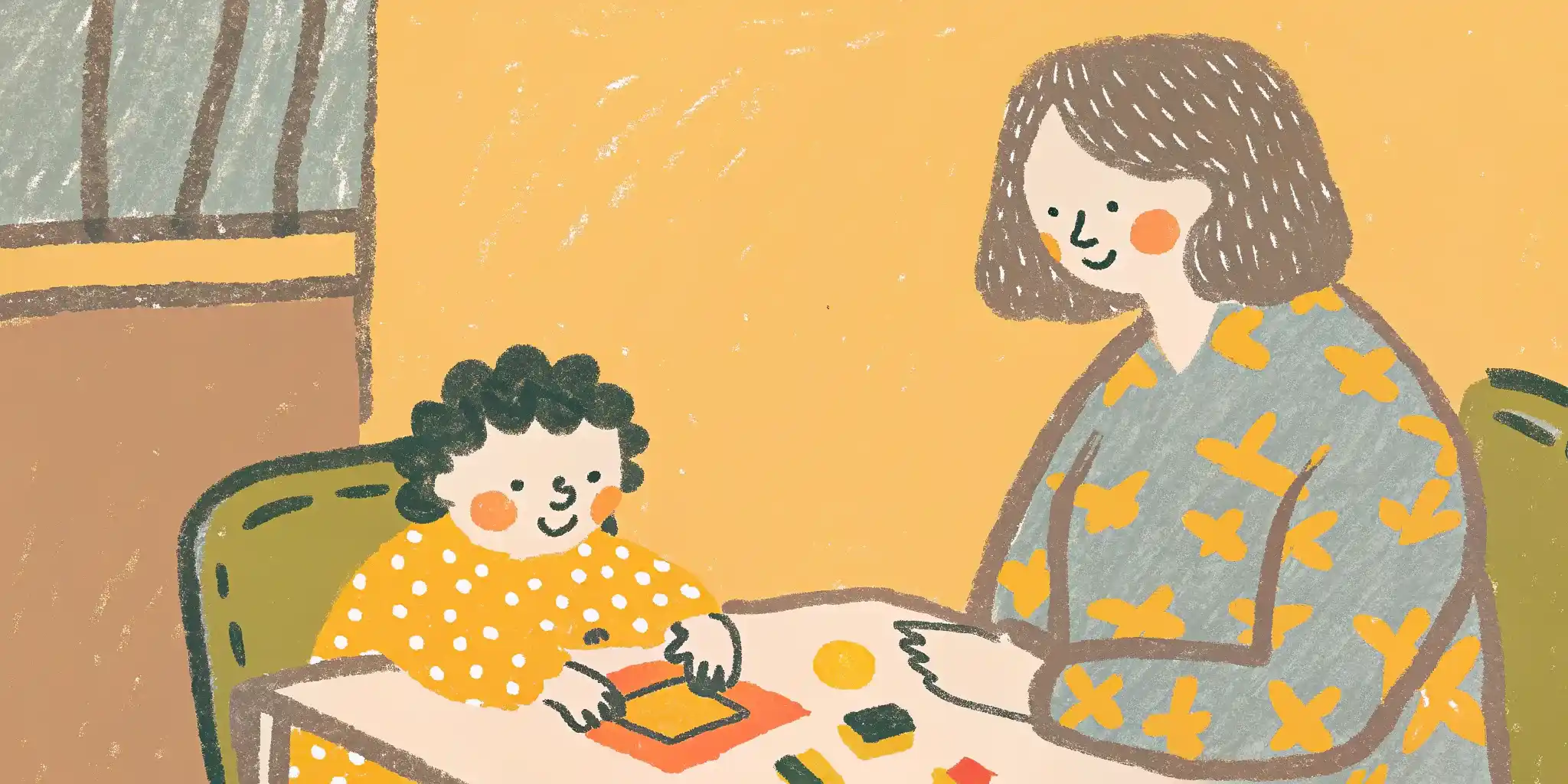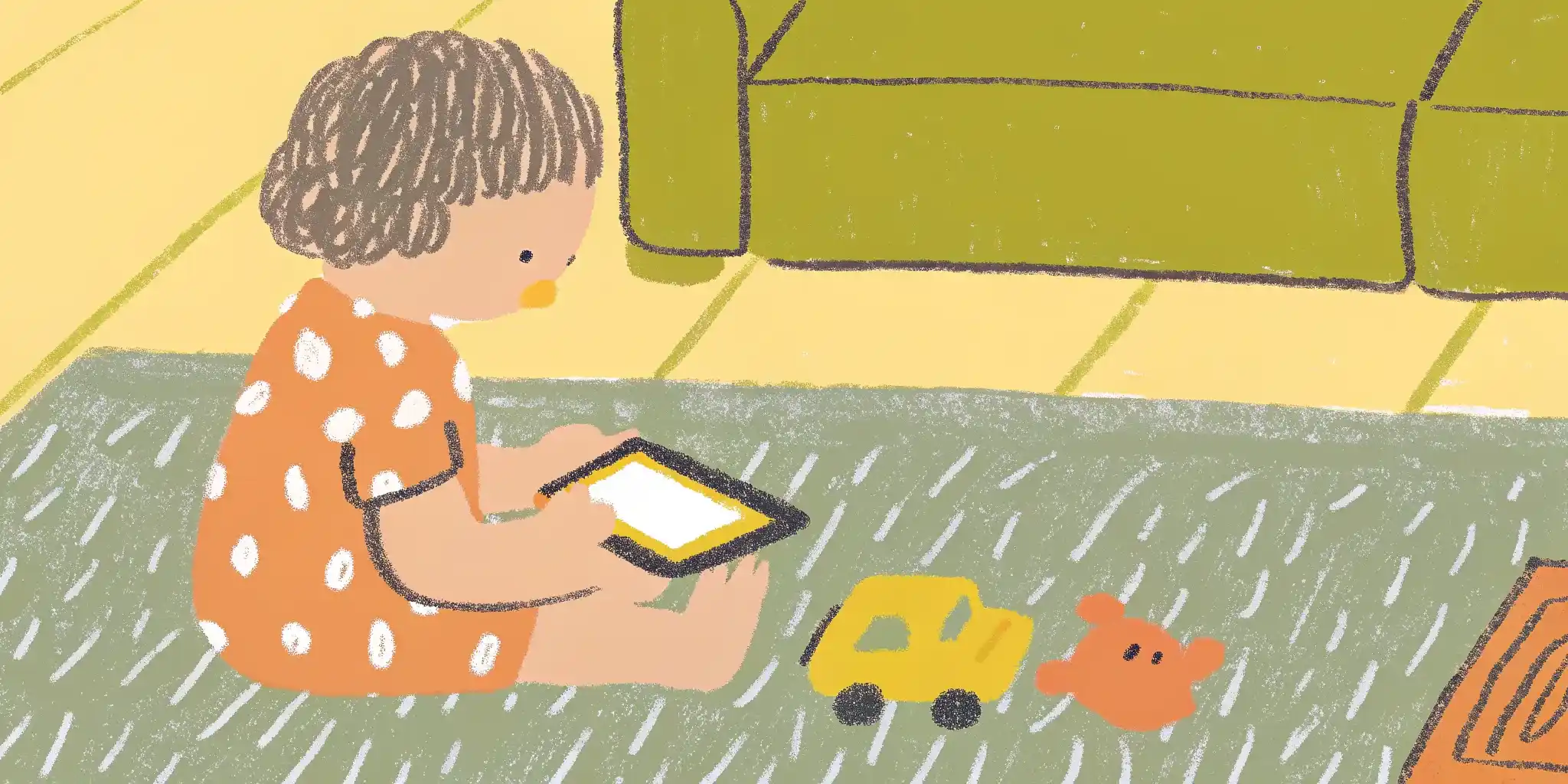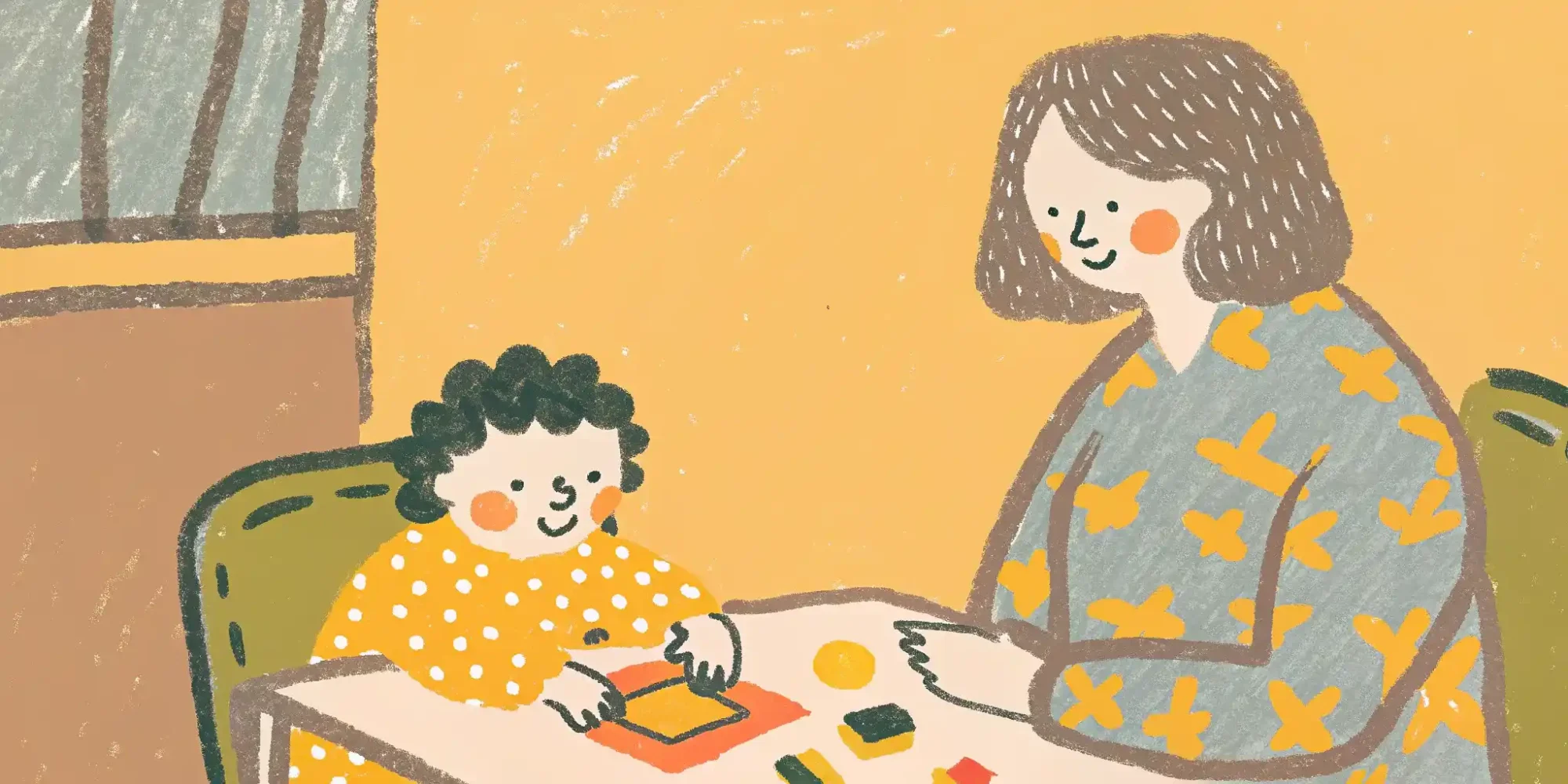Choosing the right educational game is a real skill, because what is good for a two-year-old child may be too easy for a schoolboy, while a game that gives pleasure to a neurotypical child can cause stress in a child with special needs.
Therefore, it’s not a matter of a few seconds, because you need to know how to choose the right memory game for kids, taking into account the age, personality traits, and even the special needs of the child, such as ADHD or autism spectrum disorders.

Memory and Its Types: What We Are Developing
- Short-term memory: this is the ability to keep a small amount of information for a short time, and it plays a very important role in daily tasks like remembering a phone number or a list of things to buy.
- Long-term memory: this allows you to keep information for a very long time.
- Working memory: this is the active, “doing” part of short-term memory that lets you not only keep information but also work with it, for example, when we solve a math problem in our head, we are using our working memory.
- Visual memory: this is remembering pictures, shapes, and colors.
- Auditory memory: this is remembering sounds, words, and songs.
- Tactile memory: this is remembering feelings from touching things.
From a Baby to a Teenager
Babies (1-3 years old)
At this age, the main goal is not so much remembering but to create a basic understanding that things can disappear and then appear again, because their short-term memory is just beginning to form, so the games must be very simple and easy to understand.
- Games with three objects. You should start with something very simple: show the child two or three objects, say their names, and then hide one of them under a cup that you cannot see through, and then ask where it is, which develops visual memory and attention.
- Hide-and-seek with a toy. You can hide a favorite toy while the child is watching and then ask them to find it, which trains working memory.
- Tactile bags. You can put a few objects with different textures inside a bag like a soft toy, a wooden block, a metal key and ask the child to find a specific object by feeling for it without looking, which develops tactile memory.
- Games with simple cards. You can start with two pairs of cards that have big, easy-to-see pictures, and then show the child how to find the ones that are the same, using pictures of things they already know, like an apple, a ball, or a car.
Preschoolers (3-5 years old)
- The classic memory game. You should start with 6-8 pairs of cards and slowly increase the number to 10-12, using cards with pictures of favorite characters, animals, or other things.
- “What has changed?”. You can put 5-7 things the child knows on a table, ask them to close their eyes, and during that time, you can take one thing away or change their places, and the child’s job is to say what has changed, which is great for training visual and working memory.
- “Words in a chain”. You can start a sentence like, “I am going to the store and I am buying bread,” and the child must repeat the sentence and add their own word, so the sentence becomes, “I am going to the store and I am buying bread and milk,” which develops auditory and working memory.
- Finger-rhyme games. Children’s rhymes with movements help to use different types of memory, for example, a rhyme about fingers or animals.
Young School Children (6-8 years old)
- Memory game with 15-20 pairs of cards. You can use cards not only with pictures but also with letters, numbers, or words, for example, pairs like “a letter and a word that starts with that letter.”
- Maze games. You can draw a simple maze on paper and ask the child to remember the path, then you can cover the maze and ask them to show the path from memory.
- Cards with sequences. You can use cards with 4-5 simple objects on them, lay them out in a certain order, give the child 10 seconds to remember, and then mix them up and ask them to put them back in the first order.
Teenagers (9-12+ years old)
- Digital memory games. There are many phone apps where you need to remember difficult sequences of numbers, shapes, or colors.
- “Sherlock”. You can put many different things on a table like a pen, a paper clip, a coin, a key, give one minute to remember them, then cover them and ask the teenager to write down as many things as they can remember, and you can even have a competition to see who remembers more.
- Strategy games with a memory part. Some board games, like “Gloomhaven,” “Azul,” or “Wingspan,” need you to remember certain rules, sequences of actions, and card combinations.
- “Creative memory”. You can write down 10-15 words that are not connected to each other on a piece of paper for example, “cloud,” “phone,” “elephant,” “cup”, and the task is to think of and tell a full story that uses all of these words.
Tip: It’s much easier for teenagers to perceive information through gadgets, so try online exercise games.
| Game | Description | Type of Memory Trained |
| Star Analyst | Symbols appear on-screen, but soon they are hidden behind misleading labels. You must remember which key hides which icon, even though the layout shifts. | Visual, Working |
| Martian Path | You must scan the field for hidden dangers and plot a safe course to the top. Remember enemy positions before they vanish and guide your path through the alien territory. | Visual, Working |
| Astrologer | You have to watch the stars appear and fade, and then tap them in the exact order. The challenge may get serious, for some stars move or overlap. | Visual, Short-term |

Memory Games for Children with Special Needs
For children with neurodiversity or other special needs, normal games might not be good for them, so it is important to change them to be helpful and not to cause frustration.
Attention Deficit Hyperactivity Disorder
- Short rounds. Instead of one long game that lasts for 20-30 minutes, you should break it into a few short rounds that last for 3-5 minutes.
- Few distractions. You should play in a quiet room without the TV or music on, and you should use cards with a simple background.
- Movement. You can add movement to the game, for example, to find a matching card, the child must first do 5 jumps, which helps them to focus.
- Positive feedback. You should praise every good thing they do, even if it is just one pair they found, because this gives them motivation and makes them feel better about themselves.
- Clear rules. You should explain the rules as clearly and as shortly as possible, and you can even write them on a separate card and keep them in front of the child.
Autism Spectrum Disorders
- Special interests. You should use things that the child likes in the game, for example, if they love trains, you can find or make memory cards with different types of trains.
- Avoid sensory overload. Some children can be sensitive to bright colors, loud sounds, or complex patterns, so you should choose cards with a simple design and play in a quiet place.
- Playing alone or with one person. If social interaction is not comfortable for the child, you can let them play alone, because this is also a great way to train memory.
- Visual support. You can use a timer or a picture plan of the game so that the child understands what will happen next.
Dyslexia
Dyslexia does not affect memory in general, but it can create problems with remembering and working with text information.
- Visual focus. You should choose games that use visual memory as much as possible, not text memory.
- Pictures instead of words. You should use cards with pictures on them, not with words, and if you need to remember words, you should choose cards where the word has a picture with it.
- Association games. You can help the child make connections between things, which makes remembering easier, for example, “key-lock” or “pencil-notebook.”
Hearing or Vision Problems
- Hearing problems. You should use memory games with big, easy-to-see pictures, and for talking, you should use written text or sign language.
- Vision problems. You should use games that are based on tactile and auditory memory; for example, cards can be replaced with wooden figures that have different textures, bags with things that feel different to the touch, or audio memory where you need to remember and match sounds like “meow” and “woof”.
How to Make a Game as Helpful as Possible
You should not give the child too much to do from the start; you should begin with a small number of cards or things and slowly increase the number as the child gets better at the task.
The most important goal is not to win but to have fun and train the brain, and you should praise the child for trying, not just for having the right answers.
Do not be afraid to change the rules of the game; if the child is tired, you can take a break, and if they are bored, you can make up a new part, for example, “who can find a pair the fastest.”
Like any training, developing memory needs to be done regularly, so you should play memory games 1-2 times a week for 15-20 minutes.You should use different types of games to train different types of memory: visual, auditory, and tactile.
You should play together with the child because this will not only show them how fun learning is but also make your connection stronger.
So, memory is not something fixed, but a skill that you can develop throughout your life, and games are the perfect tool for this, especially in childhood.

